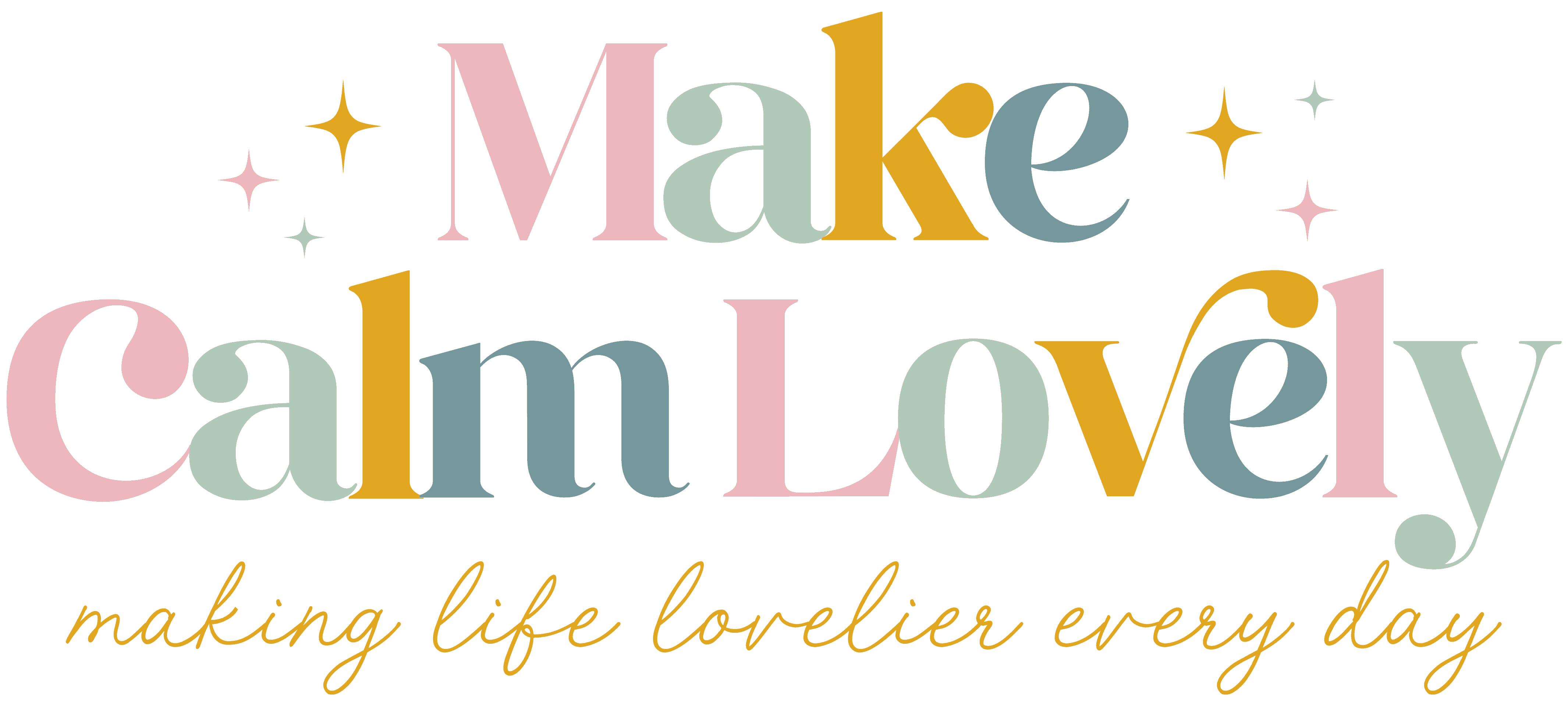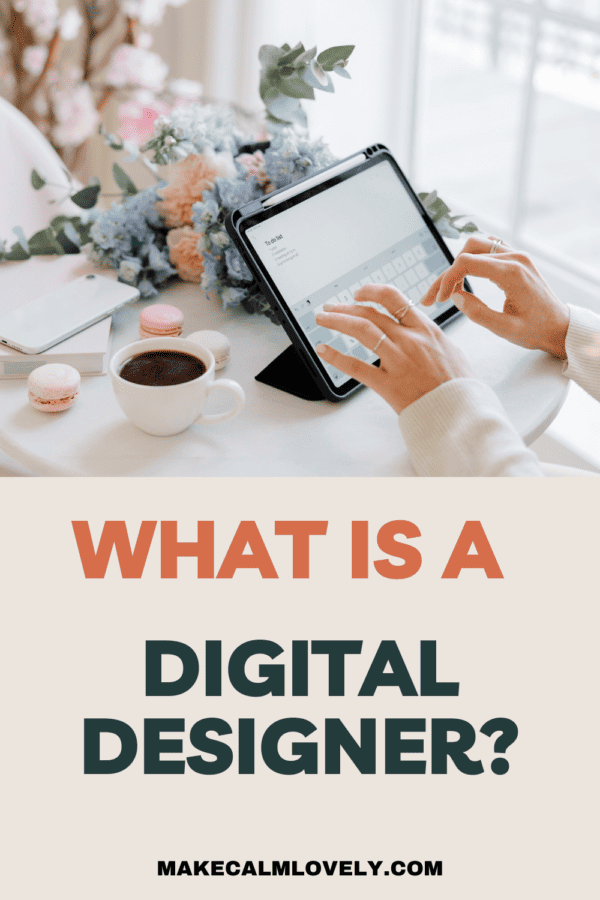What is a Digital Designer?
Most graphics today are created using electronic devices in a digital format. But what is a digital designer? What types of design do they do? What skills does a digital designer need?
A digital designer is a professional who specializes in creating visual content and experiences for digital platforms and media.
Digital designers use a combination of design skills, creativity, and technology to produce various digital assets, which include websites, mobile apps, user interfaces (UI), user experiences (UX), graphics, animations, and more.
Digital designers work to ensure that these digital products and content are not only aesthetically appealing but also functional and user-friendly too.
The History of Digital Design
Historically design was created using the old-fashioned tools of different papers and boards, using tools such as paints, pencils, crayons, markers, and more in a print format.
But today with so many electronic devices that can allow you to design completely on the device, many designs are now done fully digitally.
The history of digital design is closely tied to the evolution of computing technology and the emergence of digital media.
Computer technology came into being in the 1950s, but was very rudimentary at that time. Sketchpad was created in the 1960s, which was one of the earliest computer-aided design systems.
By the 1970s there were significant advancements in computer graphics, and raster and vector graphics systems were developed.
Personal computers started to emerge in the 1980s and this led to the rise in desktop publishing. Sofware such as Adobe PageMarker and Illustrator were created. This was a big step as designers were able to create digital layouts and vector graphics.
Apple released its legendary Macintosh computer in 1984, which played a huge and crucial role in popularizing graphic design on personal computers.
Since the 1990s the Internet became more widespread and dominant in our lives, and this created a demand for web design, HTML, CSS and web browsers, that all became essential tools for digital designers.
With smartphones and mobile devices rising in use in the 2000s, digital designers had to adapt to creating designs that were responsive and optimized for various screen sizes and orientations.
Today there are so many sophisticated design sofwares, such as Adobe Creative Cloud, Sketch, Figma and others. Design software has also become so much more user-friendly, with such apps as Canva and PicMonkey available.

Digital Design is a broad term that covers a wide variety of specialties that all come under the umbrella term of digital design.
Here are some examples of digital design specialties/niches:
Web Design
Digital designers create visually appealing and user-friendly websites by designing layouts, graphics, navigation elements, and other elements that make up a website’s user interface.
User Interface (UI) Design
UI designers focus on designing the visual elements that users interact with on digital products, such as buttons, menus, icons, and widgets.
User Experience (UX) Design
UX designers are concerned with the overall user experience and usability of digital products. They conduct user research, create wireframes and prototypes, and design user flows to ensure that the product meets the needs of its target audience.
Graphic Design
Digital designers often create graphics for various digital purposes, including logos, banners, social media graphics, and illustrations. See how to Create a Digital Journal.
Motion Graphics and Animation
Some digital designers specialize in creating animations, videos, and motion graphics for websites, apps, advertisements, and other digital media.
Interaction Design
Interaction designers focus on designing how users interact with digital products, including the behavior of buttons, animations, and transitions.
Responsive Design
With the proliferation of mobile devices, digital designers need to ensure that their creations are responsive, meaning they adapt to different screen sizes and orientations.
Prototyping and Testing
Digital designers often create prototypes of their designs to test usability and gather feedback from users, making iterative improvements based on the results.
Typography
Choosing appropriate fonts and typography styles is essential for readability and aesthetics in digital design.
Software Proficiency
Digital designers typically use design software such as Adobe Creative Suite (Photoshop, Illustrator, etc.), Sketch, Figma, and various prototyping tools to create their designs.
Digital designers can work in a variety of industries, including web development, app development, advertising, marketing, e-commerce, and more.
Their work is crucial in creating visually engaging and user-friendly digital experiences that resonate with audiences in the online world.
See how to Create and Design your own Digital Magazine
What Skills Does a Digital Designer Need?
Digital designers require a combination of creative, technical, and interpersonal skills in order to excel in their profession.
Here are some key skills and qualities that are essential for a digital designer:
Design Skills Needed for Digital Designers
Graphic Design Skills: Proficiency in graphic design principles, including layout, color theory, typography, and visual hierarchy, is fundamental for creating visually appealing digital assets.
Software Proficiency: Competence in design software such as Adobe Creative Suite (Photoshop, Illustrator, InDesign), Sketch, Figma, or other relevant tools is essential for creating and editing digital designs.
User Interface (UI) Design: Understanding how to design user interfaces that are intuitive, aesthetically pleasing, and functional is crucial for many digital design roles.
User Experience (UX) Design: Knowledge of UX principles, including user research, wireframing, prototyping, and usability testing, is vital for creating designs that provide a positive user experience.
Coding and Front-end Development: Familiarity with HTML, CSS, and basic JavaScript can be advantageous, especially for web and app designers, as it allows them to understand the technical constraints and possibilities of digital platforms.
Responsive Design: The ability to create designs that adapt to different screen sizes and devices is important in today’s multi-platform digital landscape.
Animation and Motion Graphics: Skills in creating animations, transitions, and motion graphics can add depth and interactivity to digital designs.
Non-Design Skills Needed by Digital Designers
Attention to Detail: Precision and meticulousness are crucial to ensure that digital designs are error-free and pixel-perfect.
Problem-Solving: Digital designers often encounter design challenges and must be adept at finding creative solutions that balance aesthetics and functionality.
Communication: Effective communication skills are essential for collaborating with other team members, clients, and stakeholders to understand project requirements and present design concepts.
Creativity: Digital designers should have a strong creative flair and the ability to think outside the box to come up with innovative and visually engaging design concepts.
Adaptability: The digital design landscape is constantly evolving with new technologies and trends. Being open to learning and adapting to new tools and techniques is important.
Time Management: Meeting deadlines and managing multiple projects simultaneously requires good time management skills.
Client and Stakeholder Management: The ability to understand and address client needs, as well as effectively communicate design choices to non-design stakeholders, is important for project success.
Portfolio Development: Building a strong portfolio showcasing your best work is crucial for landing digital design jobs and clients.
The specific skills required for digital design may vary depending on the specialization within digital design (e.g., web design, mobile app design, motion graphics), so it is important to tailor your skillset to your chosen area of expertise.
Continuous learning and staying updated with industry trends and emerging technologies are also essential for a successful career in digital design.



